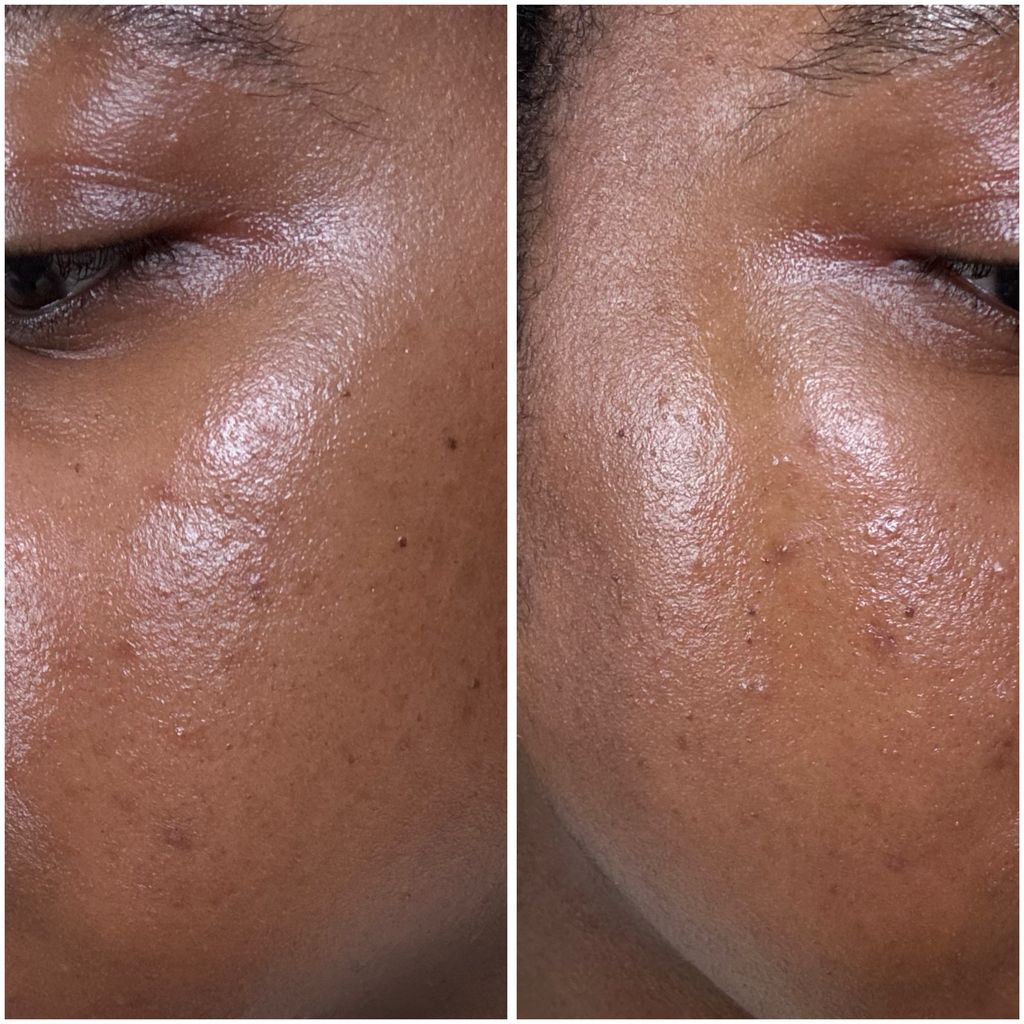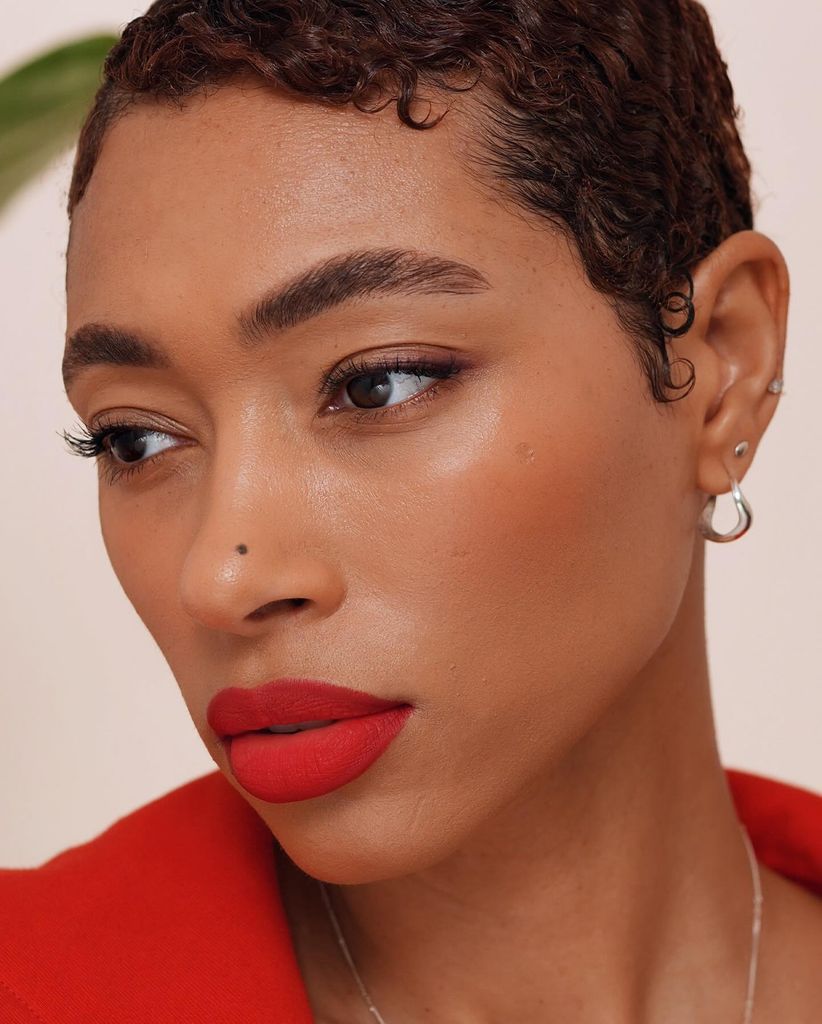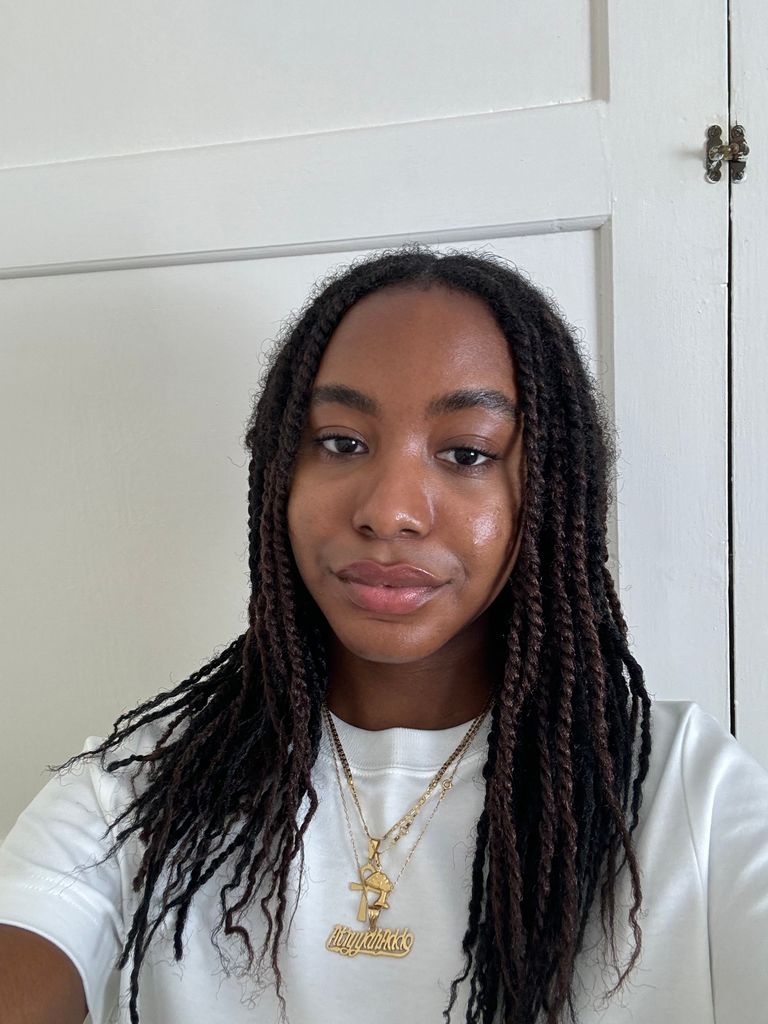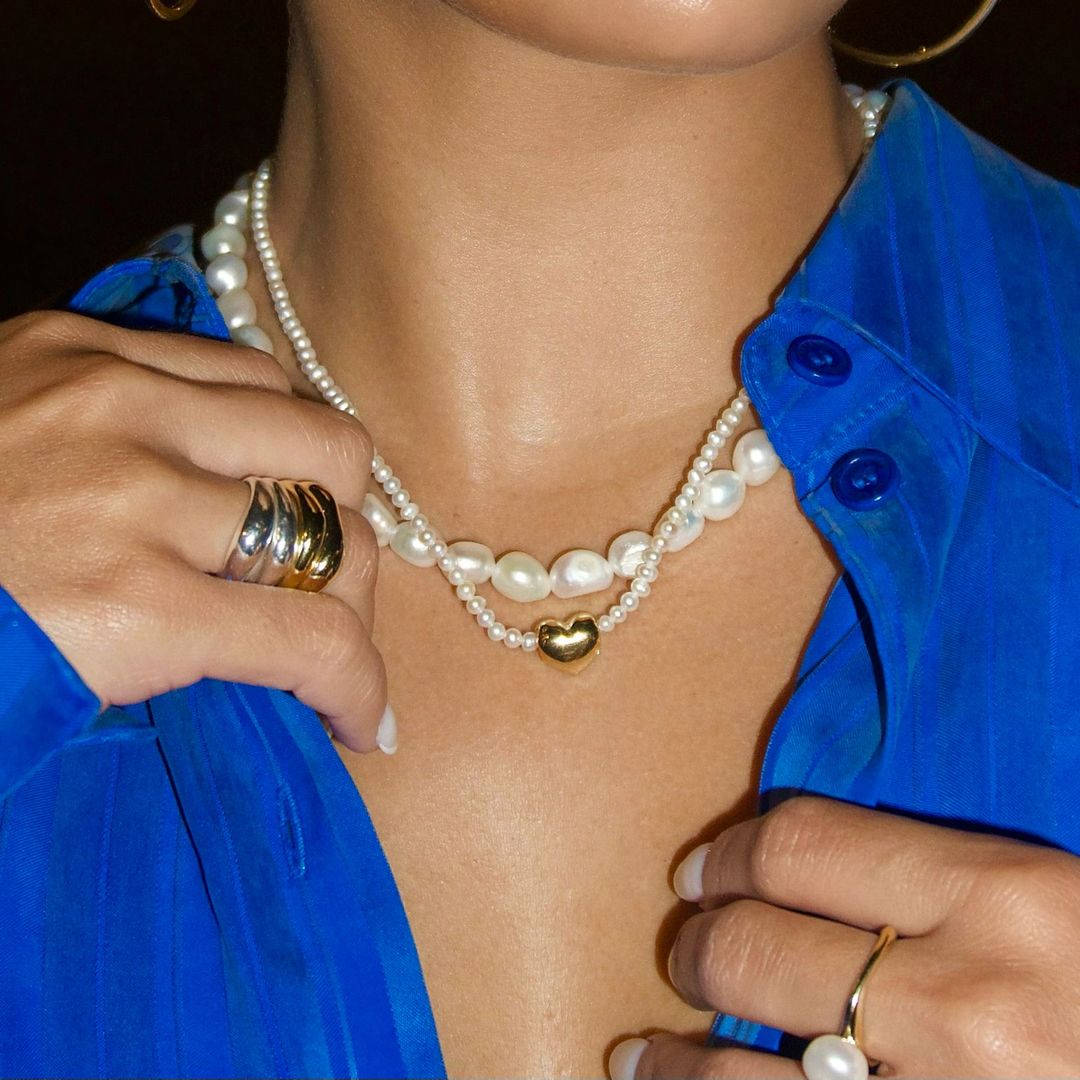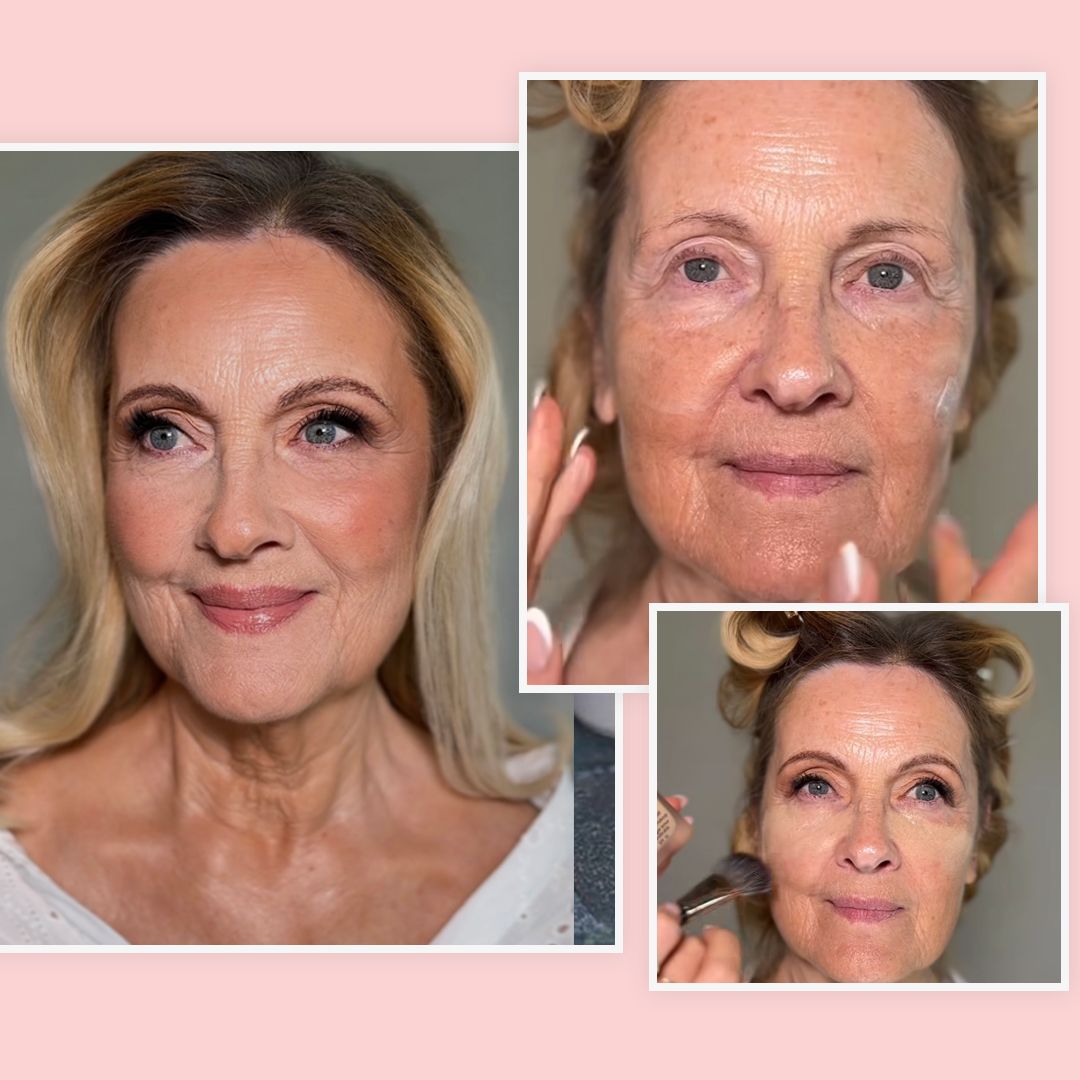Scrolling on TikTok, I came across a video of a black girl in her early twenties questioning the newfound freckles on her face and what they could possibly mean.
At 23, I have these same marks sprinkled across my face, neck and collarbone. They weren't there when I was younger, and I know more will continue to appear as I age.
A Google search of, 'Why am I getting these small black moles on my face?' directed me to the term dermatosis papulosa nigra (DPN). Sometimes referred to as 'black girl freckles' or 'Morgan Freeman moles' as the iconic actor has them all over his face, DPN is a harmless skin condition that commonly affects darker skin tones, according to dermatologist Dr. Derrick Phillips.
"It is more common in black and Asian skin and thought to be hereditary," he continues. "DPN manifests as black or dark brown skin tags that typically develop around the eyes, cheeks and on the neck."
It's unknown why black and Asian people get DPN, but according to dermatologist Dr. Rakesh Anand, "It tends to be a genetic predisposition and there are theories that it might be related to sun exposure but none of those are proven. It's one of the most common things I see in my clinical practice because they can be mistaken for moles."
Removing DPN
Many people go to a lot of effort removing DPN, including content creator Lesley Buckle, who documented her DPN removal on social media after they started appearing when she was 16.
"They looked like skin tags or moles and some would start off tiny and gradually get bigger over time," she says. "It was a period where I was also dealing with a lot of acne, so I tried to pick at them and apply different skincare, without any success. They didn't behave the same as spots so I didn't understand what to do about them."
There are a variety of treatments to safely remove DPN, including cryotherapy (freezing them with liquid nitrogen), laser treatment, curettage (scraping the lesions off the skin), and electrosurgery (a fine electric current to remove the lesions), however, there's a chance that DPN could reappear.
Dr. Derrick notes there are risks associated with DPN removal treatments, such as "scarring, hyperpigmentation or hypopigmentation, especially in people with darker skin tones."
READ: Why did nobody tell me I would get acne in my 20s? Everything I did to get my skin glow back
In her quest to rid her skin of DPN, Lesley opted for electrosurgery, recounting it as a long process. "It looks worse before it gets better. You need a good five to seven days of healing time, sometimes longer, and you have be really careful not to disturb the skin with anything harsh.
Of her decision to remove the DPN, Lesley adds: "I obsessed over having clear skin as a teenager and that obsession never totally left me.
"When I first removed them, I wasn’t sure if I made a mistake as I missed the character they added to my skin, but the reality is they grow all the time – I'll never be able to remove them all."
Like Lesley, as a teenager I fixated on having clear skin, so noticing new moles appearing took time to get used to.
Now, I'm embracing my DPN and am I even feel fond of them, which is helping me feel happier in my own skin.
Claudia Dumond, holistic health coach and founder of Minimondo, explains why accepting my DPN is beneficial to my happiness. "Learning to love our skin helps us embrace our unique appearance, including imperfections such as scars, wrinkles or blemishes.
"This acceptance leads to a healthier body image, reduces self-criticism, and helps us develop a more positive relationship with ourselves."
I know my DPN will continue to grow as I age, and for now, I'm happy to let them do so.

